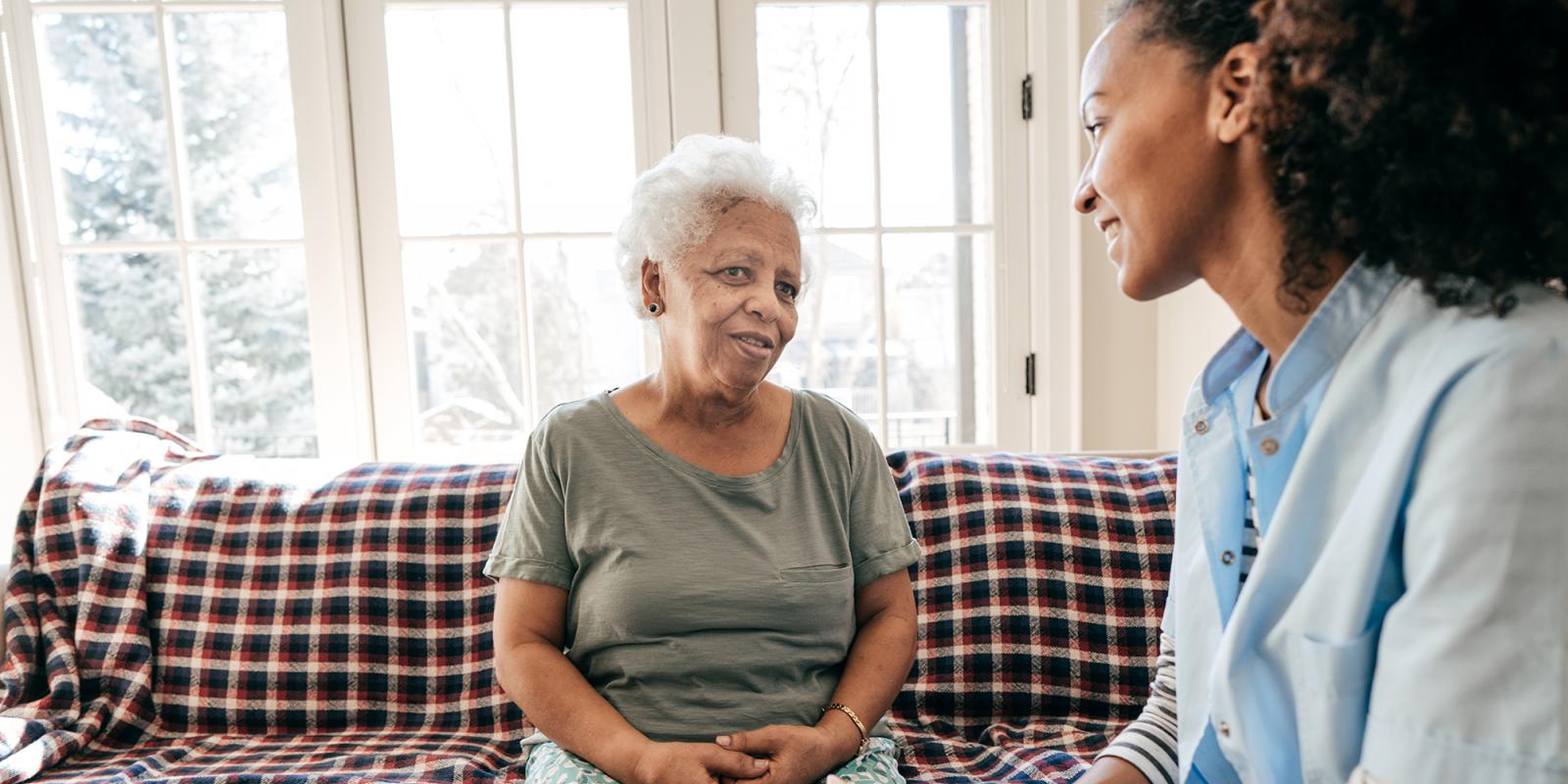Within weeks, what is arguably the most comprehensive overhaul of laws that could impact all of us as we age will be coming up for a vote in Congress.
The infrastructure and budget bills making their way through Congress would increase health equity, fight climate change, tackle the digital divide and combat ageism. And if properly funded, they will go far in addressing the long-standing social and economic needs that older adults face.
Not since the 1965 passage of the Older Americans Act have we seen a legislative effort that would finally invest in comprehensive policy solutions to bolster our investment in America’s infrastructure for its aging society and better prepare us for 2040, when about one in five Americans will be ages 65 or older.
But some in Congress are ignoring this real opportunity to strengthen and modernize the infrastructure for aging that will benefit not just their older adult constituents, but also everyone as they age, including themselves. An investment of $400 billion, like what the President and the Better Care Better Jobs Act seeks, would do two things that are long overdue and urgently needed:
- Expand access to caregiving services in the home and in the community for older adults and people with disabilities through the Medicaid program; and
- Raise wages and create good jobs for the direct care workforce.
Most of us want to age at home and in place, but there simply hasn’t been the infrastructure to support it, because the funding required for such an infrastructure has never been prioritized. And it requires a robust caring workforce—which is threatened by wages so low that we can’t adequately pay the workers we have, leading to high rates of turnover and homecare deserts, especially in rural communities.
‘Significant investments in the Better Care Better Jobs Act would support our economic recovery.’
We know that for much too long we have underinvested in empowered aging, a situation that will only worsen as strained government budgets become further exacerbated by an aging society. Like our bridges and roads, our infrastructure for aging is crumbling.
For the past year, we have witnessed this infrastructure buckle under the weight of the pandemic. Older adults accounted for more than 80 percent of all COVID-19 deaths. Undervalued direct care workers, often women of color, are deemed “essential” to be on the frontlines of the pandemic, but not to be fairly paid.
To be certain, we all would benefit from significant investments in home- and community-based services. States would have the funding and incentives to meet the unique demands of their aging populations. Our members—namely community-based organizations who provide services to older adults—would see a significant uptick in use of their services because more older adults would have greater access to them.
Simply put, significant investments like the kind envisioned by President Biden and authors of the Better Care Better Jobs Act, would support our economic recovery.
Recent polling shows that Americans agree with the proposals to invest in the infrastructure for aging. A whopping 79 percent of voters support investing in care for older adults. While the older adults running our government may not now need home- and community-based services, America’s 53 million family members who currently shoulder the burden of caregiving, often without compensation, respite or support, desperately do.
This is a strategic time for your voice to be heard. To help expand access to caregiving services for older adults and people with disabilities, at home and in the community, and to ensure direct care workers earn a living wage, send your Congress member a message today to urge them to support the Better Care Better Jobs Act.
Peter Kaldes is the President and CEO of the American Society on Aging.













